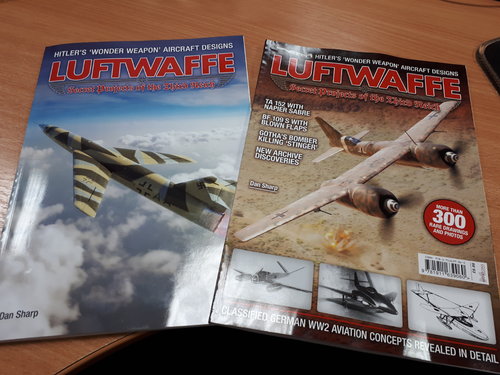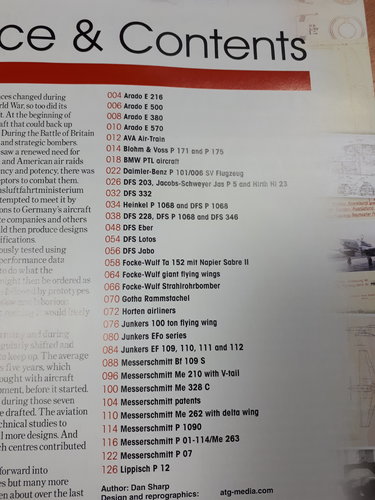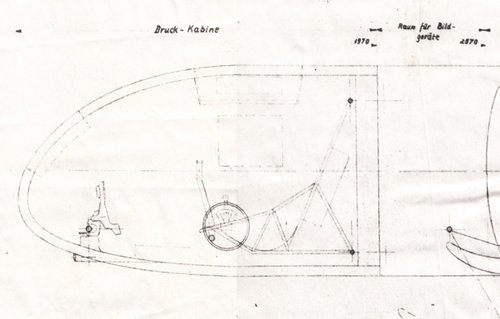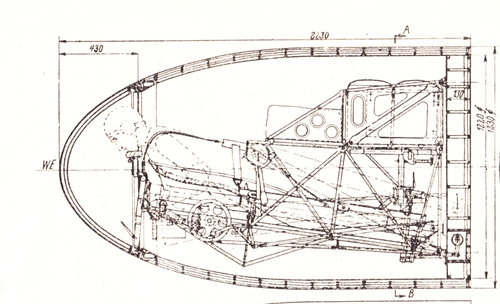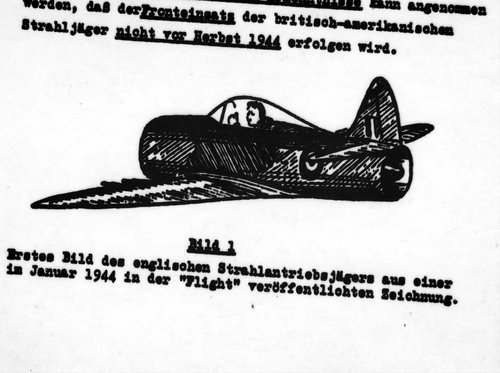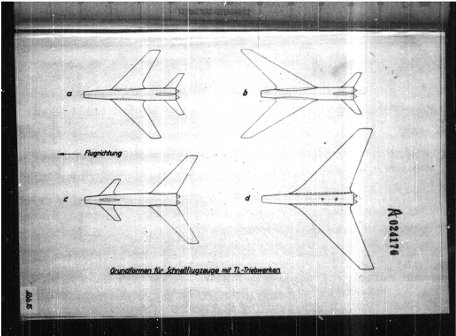I have just bought the electronic edition. One niggle: page 69 is upside down - easily fixed.
Agree with steelpillow - totally amazing



I'm told that the issue with p69 being upside down has now been fixed. Apparently if you've already bought the issue you need to either update your library or remove the issue and re-download it.
Also, Wurger asked me yesterday for a list of what the images around the edge of p3 depict. Well, the 23 images, clockwise and starting with the black and white photo in the top left corner, are of:
Luftschiffbau Zeppelin test on Daimler-Benz engine nacelle 'E' with four-bladed VDM prop, Apr 1945
DFS 39
Junkers EF 61 altitude chamber
Karl Stockel design for reclining pilot seat
Me 262 Heimatschutzer engine explosion photos
Graph comparing aircraft including Arado E 430, Ha 139, Ar 240 V9, Douglas DF etc.
Different Ta 152 annular radiator designs compared
Fw 186 rotor blade construction
Dornier Do 18 G
Focke-Wulf Fw 58 B brochure cover
DVL fighter design from May 1935
Wind tunnel model of Me 262 with belly cannon pack
Pirat H
Ta 183 fuselage drawing signed by Multhopp
Arado E 555 flap actuation model
Focke-Wulf Baubeschreibung Nr. 280 ('Flitzer') undercarriage detail
Ar 234 wind tunnel model
AVA AF2 'Suck Storch' report photo
British jet fighter drawing spotted in the January 1944 issue of 'Flight' and discussed by German intelligence
DFS G.B.I
Messerschmitt P 65 wind tunnel model with dive brakes
Five different Argus pulsejets
Blohm & Voss BV 141 V2 manual page 1

